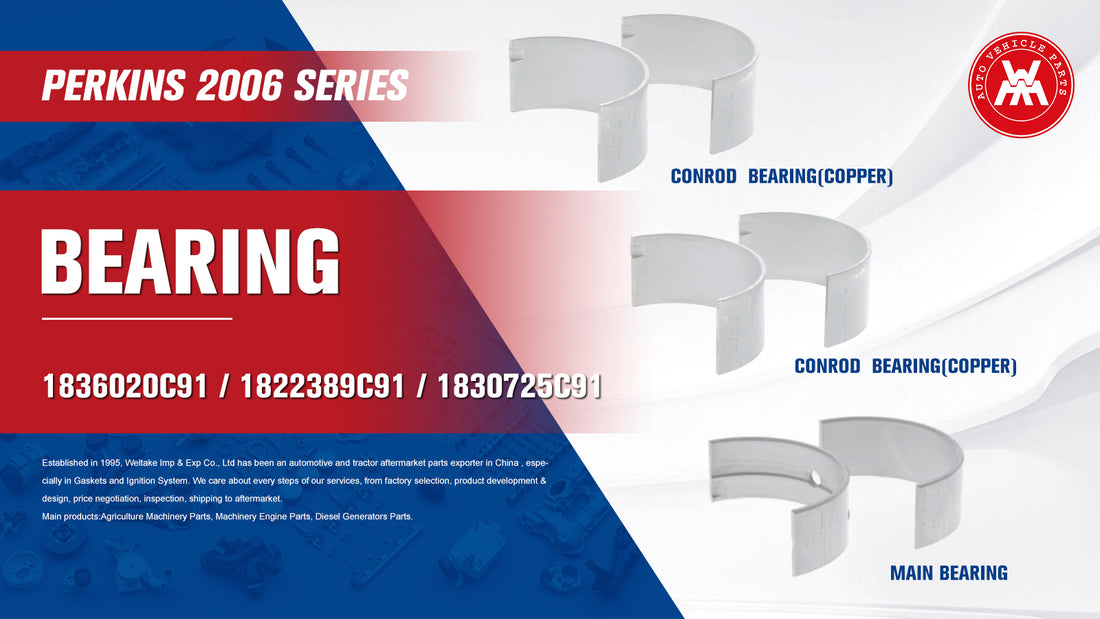Introduction:
Engine mounting parts play a crucial role in the operation and performance of vehicles. Often overlooked, these components are essential for providing stability, reducing vibrations, and ensuring proper alignment of the engine. In this blog post, we will delve into the significance of engine mounting parts, their function, common issues, and maintenance practices.
Understanding Engine Mounting Parts:
Engine mounting parts are components designed to support and secure the engine to the vehicle's chassis. They consist of various elements, including mounts, brackets, bushings, and bolts. These parts are typically made of rubber, metal, or a combination of both to absorb vibrations and shocks generated by the engine.
Functionality:
Vibration Dampening: Engine mounts absorb and dampen vibrations produced by the engine, preventing them from transferring to the vehicle's frame and cabin.
Stability: Properly installed engine mounts maintain the engine's position, ensuring stability and reducing excessive movement during acceleration, deceleration, and cornering.
Alignment: Engine mounting parts help align the engine with other drivetrain components, such as the transmission and driveshaft, to ensure smooth power delivery and efficient operation.
Common Issues:
Wear and Tear: Over time, engine mounts and associated components can deteriorate due to exposure to heat, oil, and mechanical stress, leading to cracks, tears, or deformation.
Misalignment: Improper installation or wear of engine mounting parts can result in misalignment, causing vibrations, excessive noise, and reduced vehicle performance.
Failure: Severely worn or damaged engine mounts can fail, causing the engine to shift or sag, leading to potential damage to other vehicle components and safety hazards.
Maintenance Practices:
Regular Inspection: Routinely inspect engine mounting parts for signs of wear, damage, or misalignment.
Replacement: Replace worn or damaged engine mounts and associated components promptly to prevent further issues and maintain vehicle performance.
Proper Installation: Ensure engine mounts are installed correctly, following manufacturer specifications and torque recommendations.
Use Quality Parts: Invest in high-quality engine mounting parts from reputable suppliers to ensure durability and reliability.
Address Vibrations: Address any abnormal vibrations or noises promptly, as they may indicate underlying issues with engine mounting parts or other drivetrain components.
Conclusion:
Engine mounting parts are integral to the smooth operation, stability, and performance of vehicles. Proper maintenance, inspection, and timely replacement of these components are essential to ensure safe and efficient driving experiences. By understanding the importance of engine mounting parts and implementing proactive maintenance practices, vehicle owners can prolong the lifespan of their vehicles and minimize costly repairs.
Exploring the Importance of Engine Mounting Parts in Vehicle Performance

